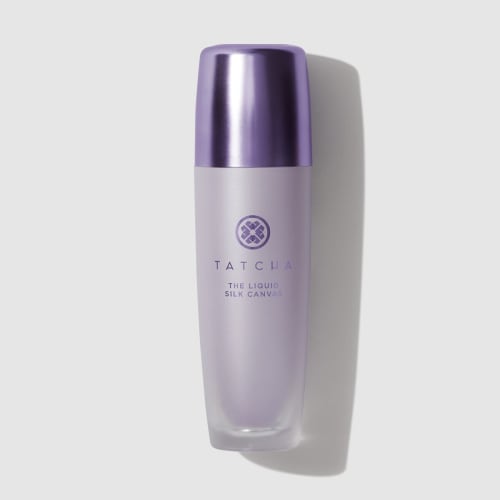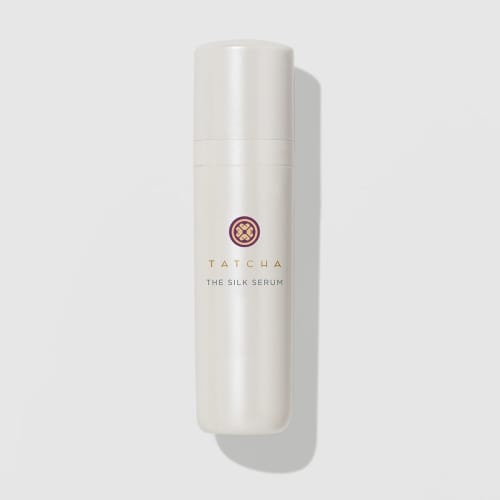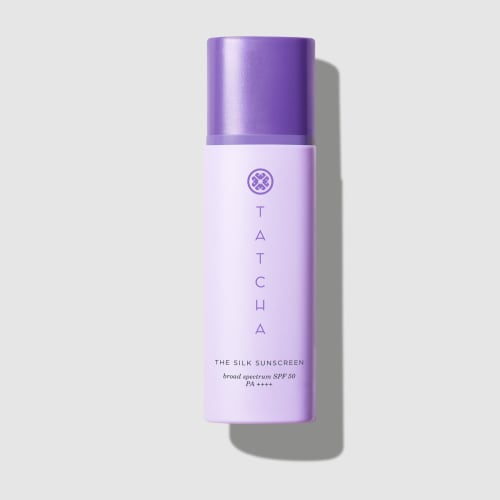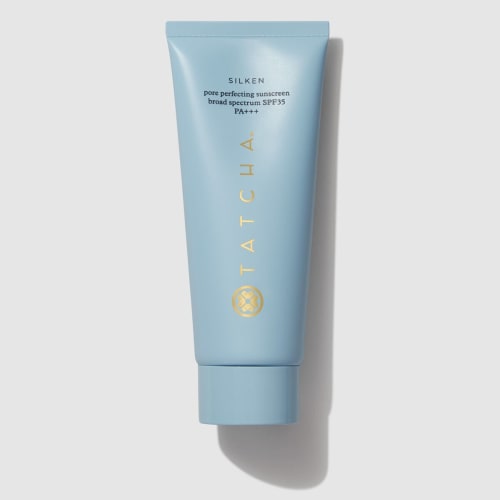Sunscreen is an important step, but where does it belong in your routine? This guide explains how it should fit into your overall beauty product order of operations.
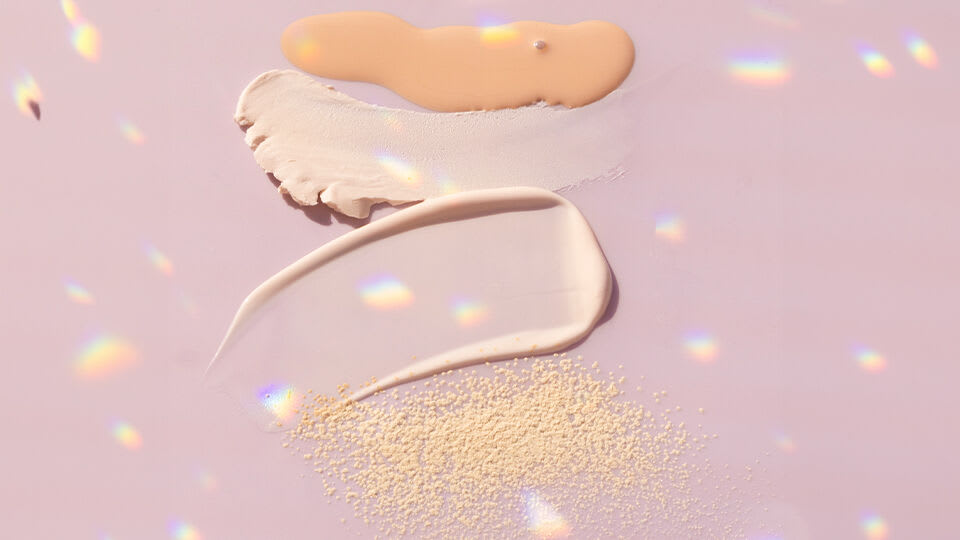
Before you head out for the day, there are likely a number of cosmetic products you apply to keep your skin moisturized, glowing, and protected. But the order in which to apply these products isn’t always clear. Can makeup sit on top of sunscreen? Or vice versa? What about moisturizer?
The Importance of Daily Sunscreen
Sunscreen is a daily essential. But it’s not the only thing you put on your skin in the morning. The question of where SPF fits into your overall skincare routine can be answered with a simple guiding philosophy: Sunscreen goes after skincare and before makeup. What is not always clear is where a particular product falls on this skincare-makeup binary—Should you apply sunscreen before or after a tinted moisturizer?—but tailoring the question to each step is helpful in understanding exactly where sunscreen comes in.
It’s also important to note that sunscreen needs to be reapplied every two hours of exposure. (This includes cloudy or wintry days, says the American Academy of Dermatologists—the reflectiveness of snow can even intensify UV rays and their potential for damage.) Applying it at the wrong time isn’t an innocuous mistake, as SPF misapplication can lead to complications from sunburns to skin cancers. But understanding sunscreen means knowing exactly when to apply it, and the following guide will help you understand where SPF should fit in your beauty product order of operations.
When to Apply Sunscreen In Your Skincare Routine
In the context of your skincare routine, sunscreen happens last. It’s the shield you apply over top of your existing skincare, to protect your skin from the sun. When it comes to makeup, sunscreen happens first, and you paint makeup over the top. Many makeup products also contain SPF, but relying solely on SPF-infused makeup can leave gaps in your coverage. A dedicated sunscreen, applied after skincare and before makeup, is what you need.
But when in the context of your day should you apply sunscreen? The obvious answer is first thing in the morning, or whenever your skincare routine takes place. Otherwise, experts like those at the American Skin Association recommend applying sunscreen 30 minutes before heading out of doors at any time of the day. This gives it enough time for your “shield” to set in.
Should You Apply Sunscreen...?
Before or After Makeup?
You should apply sunscreen before makeup.
Dermatologists advise your sunscreen be applied “as the last step in your morning skin care routine, but before you begin applying any makeup,” according to an explainer in the New York Times. And give the sunscreen a little time to sink in. (One doctor suggested brushing one’s eyebrows, or doing another cosmetic task, while you let your SPF set.) This ensures that the ingredients in your makeup don’t dampen the effectiveness of your SPF.
Remember: Before makeup, sunscreen. And this includes products like tinted moisturizer, which are more tint than moisturizer, and are generally classified as makeup.
Before or After Moisturizer?
You should apply sunscreen after moisturizer.
A good moisturizer is one of the final steps of your skincare routine. After you’ve cleansed and maybe applied a treatment or two, moisturizers provide a seal that collects and keeps water in the skin and reduces water loss. On the surface, it usually provides a veil of smoothness that is soft to the touch.
Your SPF shield goes over this seal. If you apply moisturizer or any product over your sunscreen, it can dilute the efficacy of the SPF filter, and you may not be as covered as you think. Sunscreen after skincare.
Before or After Foundation?
You should apply sunscreen before foundation.
As the name suggests, foundation is one of the first steps of your makeup routine—the base upon which everything else sits, from lip tint to eyebrow gel. And remember: Sunscreen before makeup, always.
There’s a simple memory device you can use to remember this by visualizing the three letters SPF. At the beginning is S, which stands for skincare, and at the end is F, which stands for foundation. Sun Protection always goes between skincare and foundation. Easy, right?
Before or After Primer?
You should apply sunscreen before primer.
On the surface, this one is tricky. A primer doesn’t have the pigment or texture of makeup. They can be creamy, jelly, or even plasticine.
Primers prime your skin for makeup, and their chief function is to prep the skin –from lips to lids to brows – for holding onto pigmented products better. Some are made with skincare ingredients, like the Liquid Silk Canvas, which distills Tatcha’s proprietary blend of skin-nourishing superfoods into a makeup-perfecting priming base. If you use a primer, it’s likely the first step of your makeup routine. SPF should go on right before.
Before or After Face Cream?
You should apply sunscreen after face cream.
There are many creams one might apply to their face, but the term “face cream” usually refers to a moisturizer, one of the last steps of your skincare routine. A sunscreen can be layered right over it. Just make sure you give both a few minutes to set in before you apply the next product.
Before or After Serum?
You should apply serum before sunscreen. But wait—don’t forget your moisturizer, too!
The basic steps of a skincare routine include cleansing and moisturizing, but between those two steps includes a wide variety of other products known to be beneficial for skin. There are essences, watery formulas that can be patted into skin for extra nourishment; there are exfoliants, which clear away dead skin and other surface debris so that other skincare products can work more effectively.
Serums are another pre-moisturizer product that treat the skin with the help of higher concentrations of boosting ingredients. They’re usually more lightweight than your typical moisturizer, but can be more potent. Take The Silk Serum, which is almost milky in texture, but contains a sophisticated retinol alternative shown to boost cell turnover—it can help improve skin’s hydration and actually plump skin, reducing the appearance of fine lines and wrinkles. But it’s important to remember that a serum isn’t the last step of your skincare routine, and should be followed by a moisturizer.
Some beauty editors advise layering your skincare products in order from light to heavy, with your essences and serums at the beginning and your creamy sealing moisturizers at the end, but they also cite two counterexamples. The first is an oil, which can be lightweight but very moisturizing, and can even sub in for face cream. The second is sunscreen, which comes in a wide variety of textures—some are heavy, but others are lighter, like Tatcha’s Silk Sunscreen, which has a serum feel with SPF 50 protection. These should always be applied last, no matter what. SPF is the shield that sits over your entire skincare routine. Use it wisely, and often.
How to Apply Sunscreen Properly
The sunscreen market is full of different delivery methods for SPFs, from goops to sprays to even sticks. How you apply your sunscreen probably depends on what shape it takes. The Skin Cancer Foundation tends to recommend creamy topical formulas, which are the easiest to apply properly to ensure maximum coverage. They also recommend using two tablespoons of sunscreen, or about the same amount as a shot glass, to cover exposed face and body skin.
Other forms of sunscreen, like sprays, can also be effective—and come recommended by the Skin Cancer Foundation—but need to be applied more carefully to make sure of even product distribution. This makes them particularly attractive when it comes to reapplication, another necessary part of your suncare routine.
When to Reapply Sunscreen
Dermatologists, like those at Johns Hopkins Medicine, recommend reapplying sunscreen every two hours, especially if you’re spending time outdoors, sweating, or swimming. For prolonged sun exposure, like at the beach, you’ll want to make sure you’re not skipping reapplications.
If you spend your day indoors and away from a window, you may not need to apply sunscreen as often. Those who work from home and don’t commute may still need to wear SPF for their afternoon walks. But say you work all day in a bright office with plenty of sunlight: You may want to keep some sunscreen in your desk drawer.
How to Reapply Sunscreen
It’s easy, if slightly annoying, to reapply sunscreen at the beach over and over again. But it’s slightly more difficult when you’re out and about, or at work, or even just wearing makeup: How can you reapply sunscreen without having to do your beauty routine from scratch?
Spray sunscreens, which atomize a chemical filter into a fine mist, can be excellent for re-upping your SPF on-the-go. Or, you can choose a sunscreen that acts more like a skincare/makeup hybrid product, like the Silken Pore Perfecting Sunscreen. It combines a sun filter with pore-smoothing ingredients, and utilizes silk extract, which mimes the softness of skin. A nickel-sized amount can be warmed in the palms and pressed into the skin repeatedly throughout the day, anytime you need to reapply sunscreen—or need to smooth things over. It protects you and keeps your skin looking good. All you need to do is enjoy the sun.


